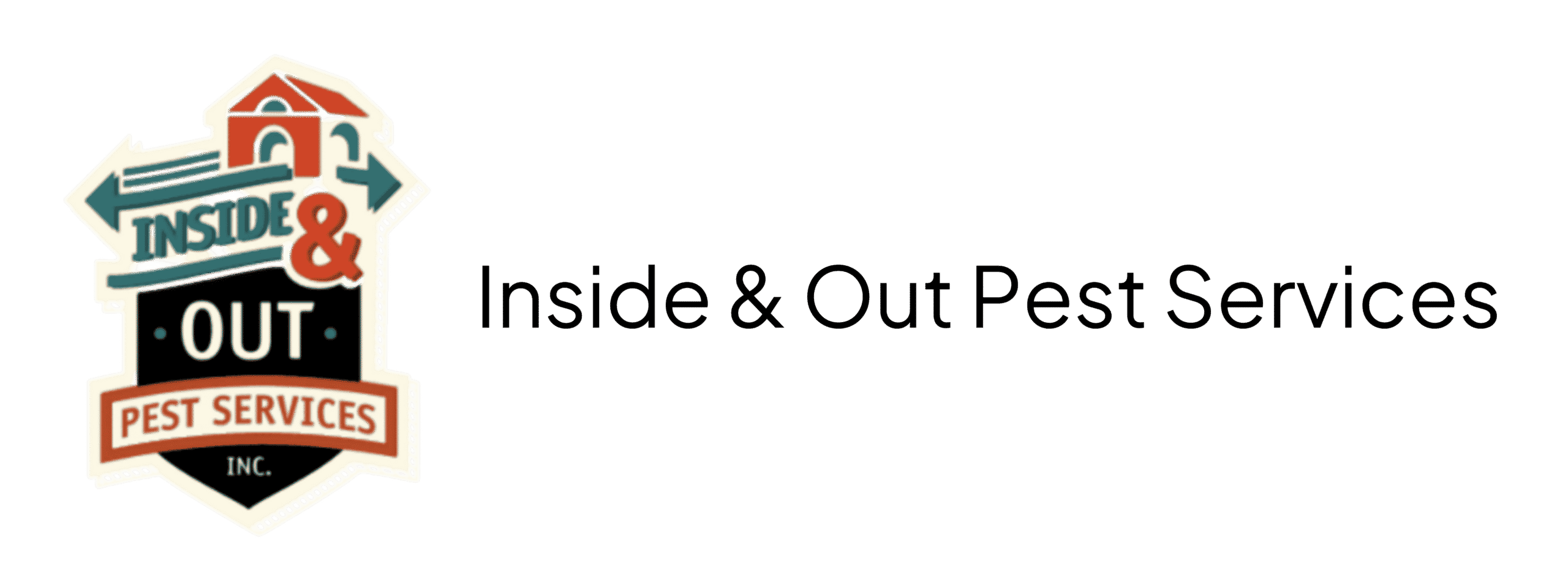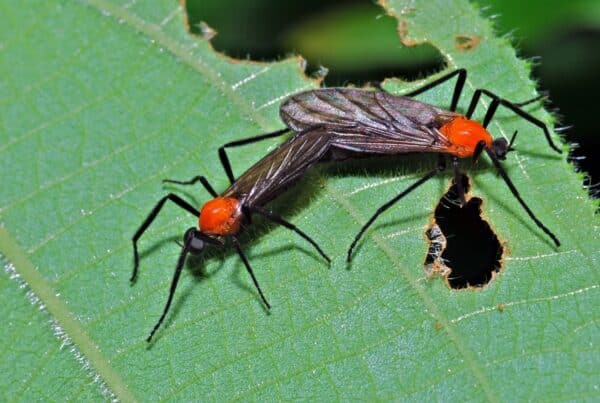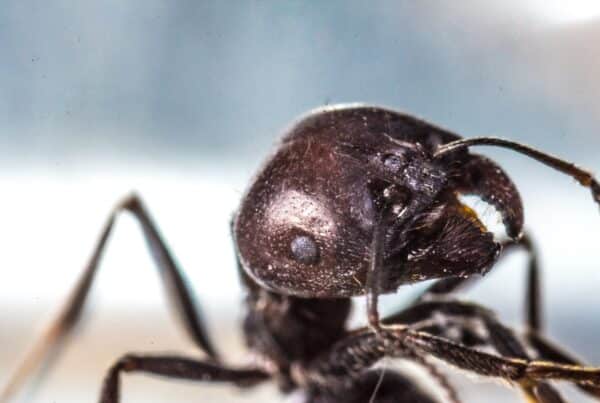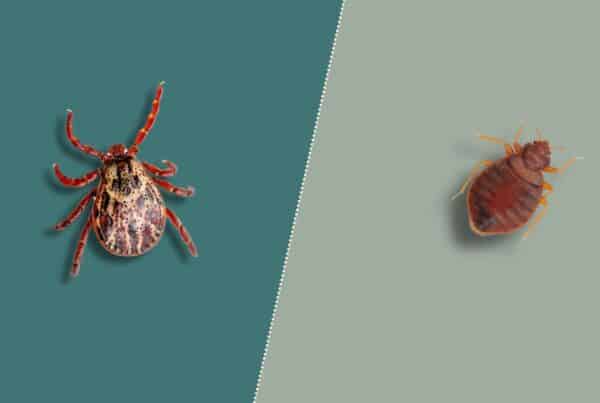Spotting termites in your home is alarming – with or without wings. But there’s something particularly concerning about seeing these winged insects, as they often indicate a larger issue.
Termites with wings, or swarmers, are a big red flag that shouldn’t be ignored. To make sure you’re prepared to protect your home from these wood-destroying insects, this post will outline essentials to know ahead of time. Here, you’ll find clear guidance on how to identify them and what steps to take if you do spot them at home.
What Kinds of Termites Have Wings?
Termites with wings are called swarmers and are the reproductive members of a colony. They are the only termites that develop wings so they can leave the nest, mate, and establish new colonies.
The other members of the colony, such as workers and soldiers, do not have wings and remain within the nest to perform their specific roles.
Swarmers can come from various species, including subterranean, drywood, and dampwood termites. Despite differences in habitats and behavior, all species produce swarmers. Typically, swarmers are darker in color and have two pairs of wings of equal length. After a brief flight, they shed their wings, which can often be found near windows, doors, or other light sources.
Signs of a Termite Swarm
The presence of winged termites, or swarmers, is a key indicator of a termite swarm. Swarmers are usually seen in large numbers during warm, humid weather, often after rain.
They are attracted to light, so you may notice them around windows, doors, and light fixtures. Discarded wings left behind after the swarmers have mated are another clear sign of their presence.
If you observe these signs, it’s important to act quickly, as they indicate an active and mature colony nearby.

What to Do if You Spot Swarmers or Their Wings
Don’t ignore sightings of them or their discarded wings! Start by documenting where and when, since that can be helpful for professional evaluation.
Avoid swatting or disturbing the termites, which can spread the infestation. Instead, check for other signs of termite activity, like mud tubes, wood damage, or droppings. Reach out to a professional pest control service to assess the situation, identify the type of termites, determine the extent of the infestation, and recommend the best action to take.
Termite Misconceptions
There are several misconceptions about termites with wings. One common myth is that only older homes are at risk, but termites can infest structures of any age. Another misconception is that swarmers don’t cause damage. While they don’t eat wood, their presence indicates an existing colony that can cause significant damage. It’s also a myth that termites are only active in warm weather. While swarmers are more visible in warmer months, termites can be active year-round, especially in warmer climates. Understanding these facts can help you take the right steps to protect your home.
Preventing Infestations
Preventing a termite infestation involves a combination of proactive measures and regular maintenance. Keep your home dry by fixing leaks and ensuring proper drainage around the foundation.
Termites thrive in moist environments. So, one way of deterring them is by managing humidity levels throughout your home. Also try to store firewood and lumber away from the home, and avoid direct contact between any wood and soil.
Regularly inspect your foundation for cracks, treat wood, and schedule annual professional inspections to catch potential problems early.

Other Recommended Maintenance
In addition to termite-specific measures, regularly inspect your home’s exterior and foundation for cracks and seal any gaps promptly.
Make sure that your gutters are clean and functional since clogs can lead to moisture buildup and further trouble. Keep plants and shrubs trimmed and away from the house to reduce moisture and potential pest habitats. Lastly, screen all vents and openings to prevent pests from entering.
When to Call a Professional
If you suspect a termite infestation or spot swarmers, a licensed pest control expert can conduct a thorough inspection, identify the type of termites present, and determine the extent of the infestation.
They can also recommend effective treatment options to eliminate the termites and prevent future infestations. Choosing a reputable pest control service is essential for ensuring the problem is fully addressed. Look for businesses with good reviews, proper certifications, and experience in termite management.
Conclusion
The most important thing to know about termites with wings? They’re called warmers, and they paint a clear picture of a situation that requires prompt attention.
They have the power to cause significant damage to your home, but understanding the signs of an infestation, taking preventative measures, and knowing when to call a professional can make sure you and your home are covered.
To get guidance on pest populations, including termites, in Jacksonville, FL, and surrounding areas, call Inside and Out Pest Services.



